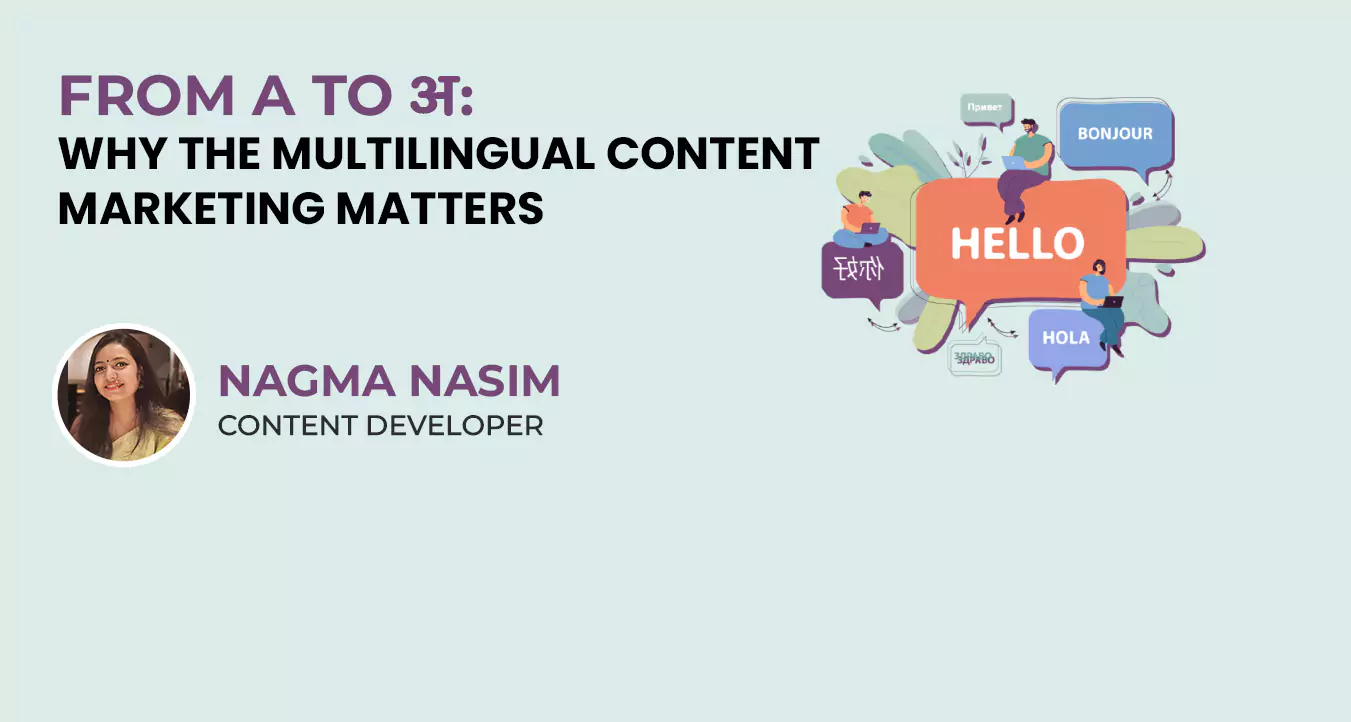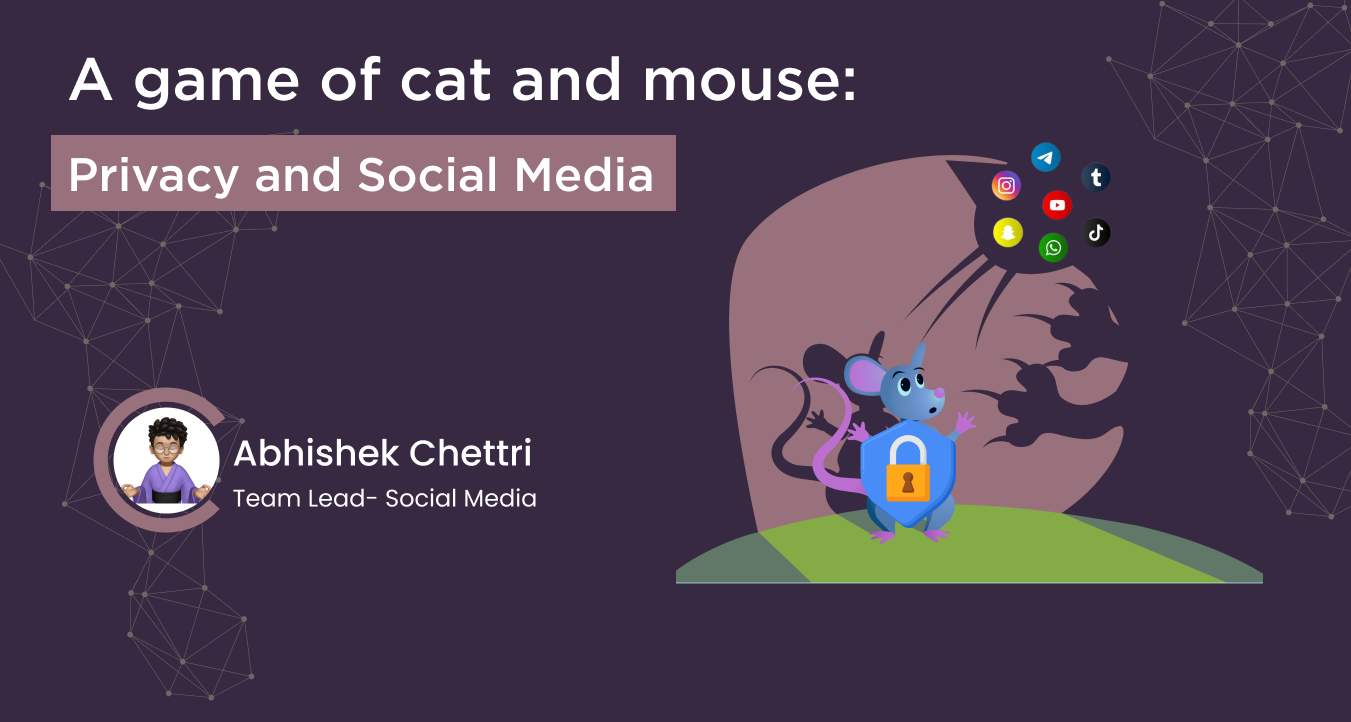तो, आज का विषय है “कंटेंट मार्केटिंग” | Ummm, didn’t get it? Okay, let me try putting it down in some other language: তাহলে, আজকের বিষয় হল "কন্টেন্ট মার্কেটিং" | Still no? See, this is the beauty of the sociolinguistic aspect of language.
The usage of two regional languages, namely Hindi and Bengali, will catch the attention of Hindi-speaking and Bengali-speaking audiences. Now, think, what would happen if this same blog was published in Hindi, Bengali and English languages?
One word: TRAFFIC! Imagine the number of audiences it will reach, imagine the conversion! Pleasing words to the ears of any digital marketer.

With digitization being fueled by the concept of localism, regional languages have become the key driver in influencing the degree of consumership of any form of content. Be it a video on Youtube, a short on TikTok, a blog or an article on a website, or even an audiobook, it is the language in which the matter is conveyed that drives consumers to engage with the content. The better the language of content resonates with the targeted audience, the more likely it will bear a huge impact on driving organic traffic.
Content marketing has always been about building trust. When you think of shopping, you go to the store, or the e-commerce site that you know will deliver you a product of high quality. Content marketing also works in a similar way. The more relevant, fact-intensive the content is, the easier it will be to build trust among the targeted audience; and what better way to build trust than writing content in a language that a vast majority of audiences are familiar with?
Stats Time:
One of the most engaging content marketing strategies is taking leverage of news, stories and trends in localized languages. Such an investment will give the marketer an edge over the audience. It will allow the marketers to present the audience with a brand image that speaks to them in words they connect to.

A study conducted in 2011 by the Census of India states that out of 121 languages in India, 22 of them have been specified in the 8th Schedule of the Indian Constitution to be the official languages. One of India’s official languages, Hindi, is spoken by 43.63% of the population, meanwhile, Bengali, which comes in second, is spoken by 8.03% of the total population. With the internet becoming the plain canvas for most netizens, with the right content, and a little bit of linguistic ‘pizzaz’, one can easily reach their targeted audience.
Although the English language has dominated the digital world, it is high time to utilize native languages to penetrate the non-English speaking audience. However, you must strategize the delivery of multilingual content without disrupting the already existing content creation process.
How to “Talk The Talk”:
The first step towards multilingual content creation is to involve the following,
- A native writer
- A lead with the ability to strategize, analyse and take action

Having a native writer who has mastered the targeted language is a blessing as it will help in producing more effective and quality content. A native writer will be more familiar with the nuances of the languages and will be able to elicit the right emotions from the audience. Moreover, if leveraged well, the writers can create a medium of engagement between the clients and the audience. So, without further ado, let’s check the steps to create multilingual content.
Step 1:
The latest piece of lead is commissioned which can be analyzed through multiple tools. Based on the topic, the native content writer will assess the key points that communicate the purpose and goals for that particular piece of content. While writing, the writer must take key marketing messages, the personas of the audience, and the tonality of the content. To make it more engaging, the lead of the team will provide data and media assets such as pictures, logos, stats, and links.
Step 2:
Step two of native content creation solely depends on getting it proofread, fact-checked and edited properly to ensure that the written copy translates to the proposed conversation. It is reviewed thoroughly, and if need be, edited. The editor and the writer go back and forth until a satisfactory result is achieved.
Step 3:
The last step includes approving the outlined content. The editor will return the brief to the lead and confirm that all desired aspects have been accurately achieved, and is good to go live on the platform.
Ending Note:
When there is a lead, there is a way! At least in content marketing, there is. Multilingual content strategy is the “it” factor that upon exercising the right, and regular writing measurement practices can penetrate the psyche of the non-English speaking populace.

If you need any help strategizing, and meeting your content marketing requirements, contact Appiness Interactive, one of the best content marketing companies in Bangalore. Our digital marketing experts will help you yield your desired result by incorporating trending SEO practices.










